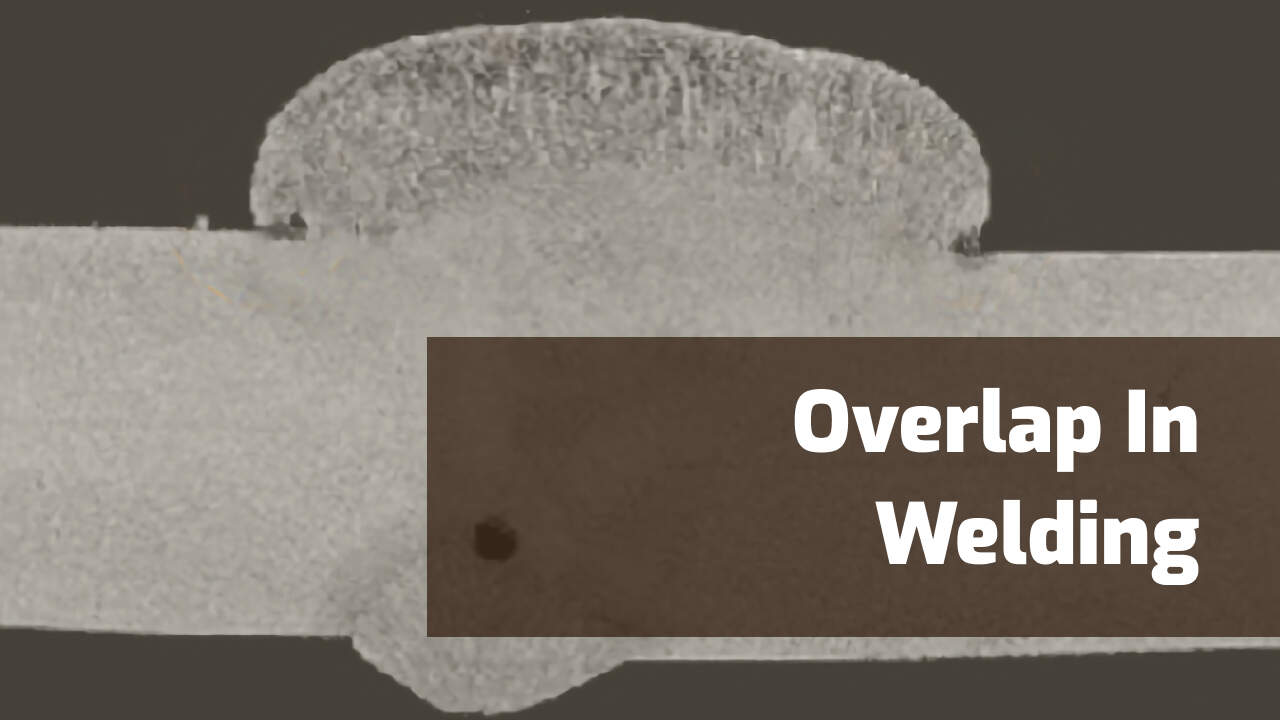Grasping the Art of Welding: Just How to Avoid Undercut Welding Issues for Flawless Manufacture Outcomes
Effectiveness and accuracy are paramount in the globe of welding, where also the smallest blemish can compromise the structural honesty of a fabricated piece. One typical obstacle that welders face is undercutting, a flaw that can damage a weld joint and lead to expensive rework. By recognizing the origin of undercut welding and carrying out reliable strategies to stop it, welders can raise their craft to brand-new degrees of quality (Preventing weld undercut). In the search of flawless fabrication results, grasping the art of welding to stay clear of undercut concerns is not simply an ability but a necessity for those pursuing excellence in their job.
Recognizing Undercut Welding

To protect against undercut welding, welders must ensure correct welding parameters, such as changing the current, voltage, travel rate, and maintaining the right electrode angle. In addition, utilizing the ideal welding method for the details joint configuration is important. Employing weaving motions or backstepping techniques can help ensure appropriate weld metal deposition and lower the possibility of undercut development. Normal inspection of welds during and after the welding process is additionally essential to catch any type of undercut very early and make necessary adjustments to stop additional issues. Preventing weld undercut. By recognizing the root causes of undercut welding and implementing preventive steps, welders can accomplish high-grade, structurally audio welds.
Reasons of Undercut in Welding
Comprehending the aspects that add to undercut in welding is important for welders to produce top quality, structurally audio welds. Damaging happens when the weld metal does not correctly fill the groove created in between the base metal and the previously transferred weld steel. Several factors can bring about damage in welding. One common reason is extreme heat input. Welding at heats for extensive periods can result in the base steel melting more than wanted, resulting in undercut. Poor welding inaccurate or current welding rate can likewise contribute to damage. Not enough current may not provide enough warmth to thaw the base and filler steels effectively, while extreme speed can protect against appropriate combination, causing undercut. Furthermore, improper electrode angles or inaccurate torch control techniques can produce areas of low weld steel deposition, promoting undercut. Recognizing these causes and applying proper welding methods can help stop damaging issues, making certain strong and sturdy welds.
Techniques to avoid Undercutting

To reduce the danger of damaging in welding, welders can employ tactical welding methods targeted at boosting the quality and stability of the weld joints. One efficient approach is to readjust the her explanation welding parameters, such as voltage, current, and travel rate, to make sure correct warmth input and deposition. Maintaining a suitable electrode angle and guaranteeing constant travel speed can likewise help avoid undercut. Furthermore, making use of the proper welding strategy for the details joint configuration, such as weave or stringer grains, can add to lowering undercutting. Preventing weld undercut.
Utilizing back-step welding techniques and managing the weld grain profile can likewise aid distribute warm equally and reduce the danger of undercut. Normal evaluation of the weld joint throughout and after welding, as well as applying quality assurance actions, can aid in finding and addressing damaging issues immediately.
Relevance of Proper Welding Specifications
Choosing and keeping ideal welding parameters is crucial for accomplishing effective welds with very little issues. Welding criteria refer to variables such as voltage, current, travel rate, electrode angle, and shielding gas flow rate that directly impact the welding process. These parameters should be meticulously adjusted based on the kind of material being welded, its thickness, and the welding technique employed.
Proper welding parameters make sure the weblink correct amount of warm is related to melt the base metals and filler material evenly. If the criteria are established also high, it can bring about too much warm input, triggering burn-through, distortion, or spatter. On the other hand, if the parameters are too reduced, insufficient combination, lack of penetration, or damaging might occur.
Quality Control in Welding Procedures

Final Thought
In final thought, mastering the art of welding calls for an extensive understanding of undercut welding, its causes, and strategies to avoid it. By ensuring appropriate welding parameters and applying high quality guarantee methods, flawless construction results can be accomplished. It is essential for welders to continually aim for quality in their welding operations to stay clear of undercut issues and create top quality welds.
Undercut welding, an usual defect in welding procedures, occurs when the weld metal does not properly fill up the groove and leaves a groove or depression along the welded joint.To protect against undercut welding, welders ought to make sure appropriate welding criteria, such as changing the current, voltage, travel rate, and keeping the appropriate electrode angle. Insufficient welding existing or incorrect welding speed can also contribute to damage.To mitigate the risk of undercutting in welding, welders can use tactical welding methods aimed at enhancing the high quality and honesty of the weld joints.In conclusion, mastering have a peek at these guys the art of welding needs a detailed understanding of undercut welding, its causes, and techniques to prevent it.